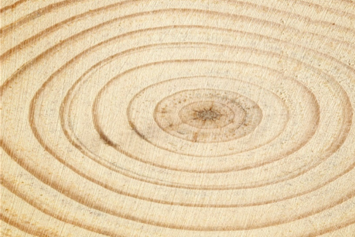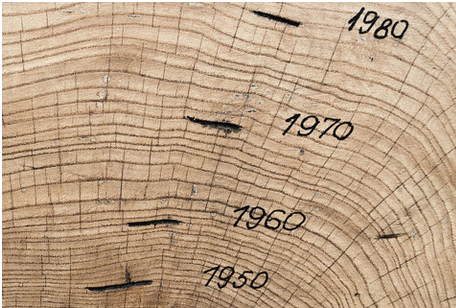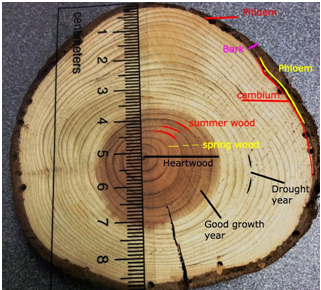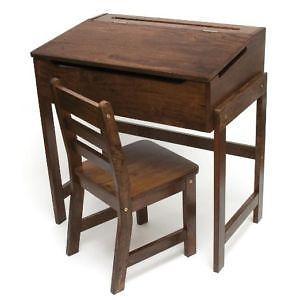The first part of this article will strongly pave its way in to using waste management as a strong tool in sustainable development. We encourage you to go over this two-part article to be able to have a full grasp on the effects of waste management and how it can help sustainable development all over the globe.
Some studies have shown and provide that an optimum definition of sustainable development have been drafted recently, the government of United Kingdom has also defined it and it is found online. But, these definitions should not be left to those who lead the country. The proposition is after all not a complicated task to comprehend and we thought we might contribute to this through this article:
Sustainable development begins with the concept that the sustainable purpose for all is an excellent quality of life for everyone, not only at present but for the future generations. To attain this, sustainable development is focused on attaining economic growth, in the form of enhanced quality of living. It is practically not about saving and scrimping, hair shirts, or punishing ourselves for savoring the natural resources like there is no tomorrow.
But this mainly focus on us protecting and where possible modifying the environment not just for its own sake but for our own self-interest. A damaged environment would retard and slow the growth in terms of economy and decrease the quality of living.
It is regarded as classless and free, because for it to be wholly sustainable, things will just play in the long term if we ensure that environmental and economic advantages are freely available to the society at large and not just a particular segment of the community. Sustainability has no problem with all the religions so everyone can support it. So it is a common norm that sustainable development must possess four wide parameters:
There are social progress which takes the needs of everyone, the efficient protection of the environment, intelligent utilization of natural resources, and operation of stable and high levels of economic employment and growth.
One of the most fundamental areas for society to sustainably act is in how it throws away its waste, detritus, and thrash. Those that have the potential to contribute major damage are overusing of fossil fuel energy that leads to climate change, and of course, war. Waste management that are not sustainable poisons underground and water courses, leaves litter on the surroundings to kill and maim our forest, welcomes vermin and rats, pollutes air with unhealthy aerosols and odors which may lead to extreme damage or immense unusable large tracts of land.
Now, to be able to aid in sustainable development, one major player is an efficient and enhanced waste management. The next installment of this article will discuss the ins and outs of sustainable waste management. It is simply better to dwell on these things before we are faced with the fact that it is too late. I hope you read the next one.
Waste management, a duty for all!





















